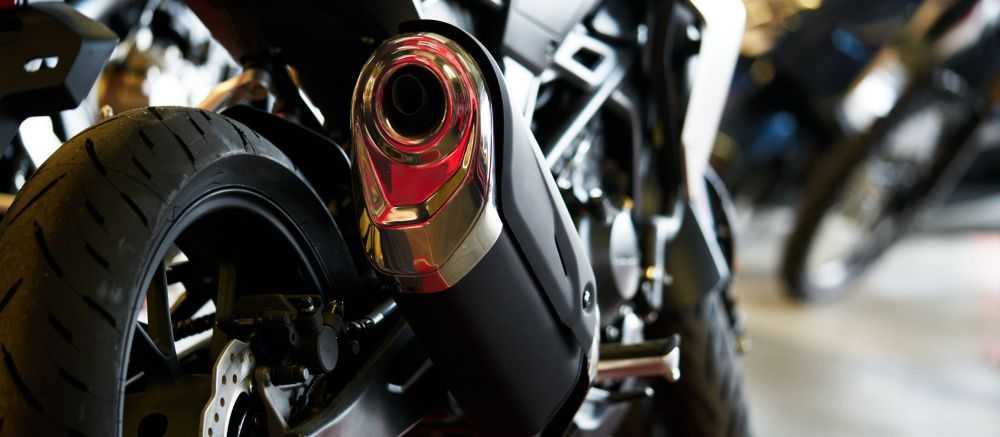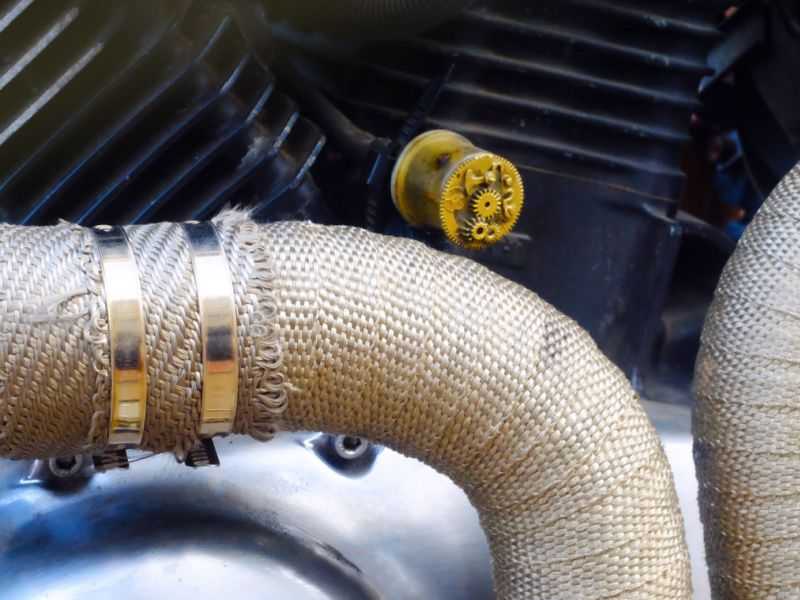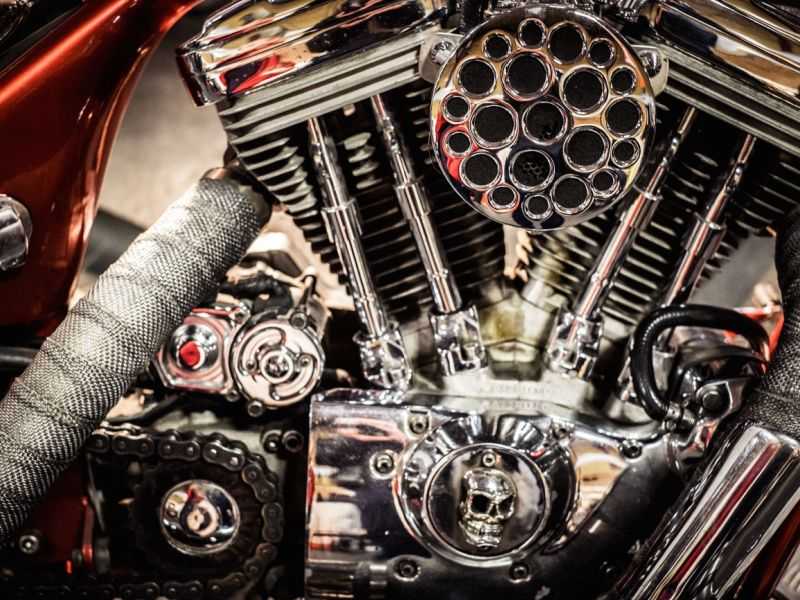
Is Wrapping A Motorcycle Exhaust Bad?
Bikers have talked, and argued, about the pros and cons of wrapping the exhausts on their bikes for years. But what is it and what are the benefits and drawbacks of doing so? We’ll get to these, but first of all what is exhaust wrapping?
Wrapping a motorcycle exhaust is where an aftermarket heat resistant material is applied or, literally, wrapped around the exhaust pipe or pipes of a motorcycle. The objective is to reduce the heat radiated from the exhaust system, but why and does it work?
See how much you can save
Compare quotes from 37 insurers
Benefits Of Wrapping Your Exhaust
Riders wrap their exhausts primarily to reduce the amount of heat that is radiated from the exhaust pipes, which can get exceptionally hot, especially in the summer when temperatures reach their highs.
The temperature of your engine might be lowered by using an exhaust wrap. This is because the wrap helps keep the heat inside the pipe and helps remove heat from the exhaust.
Unwrapped exhausts may end up transferring heat back into the engine through the outside of the pipe, but the wrap can help to keep this heat anyway from the engine and reduce operating temperatures.

A cooler engine may run better, and you as the rider may notice that your motorcycle has a little more horsepower because the engine is running at more optimal temperatures. But this is not guaranteed.
Also, if the wrap is put on correctly, exhaust wrapping is a great way to improve the aesthetics and overall look of older motorcycles. It gives the motorcycle a more retro feel and can really make it stand out from the crowd.
Motorcycle exhaust wrapping can be a very quick and easy modification to do, and we will explain later how to do this to your own exhaust. However, as always, if you don’t feel sufficiently skilled to undertake this work yourself or need further advice before wrapping your exhaust, pop along to your local motorcycle repair shop who’ll be able to help you out.

Negatives Of Wrapping Your Exhaust
There are a few potential downsides to wrapping an exhaust which may explain why it's still a relatively niche thing to do.
Firstly, after wrapping your exhaust pipes, you will probably not want to remove the wrapping at a later date since it will leave marks that will remain on your pipes which you won't be able to remove. They will still work fine, but from an aesthetic point of view, it could be a disaster, particularly if you're trying to sell the bike!
One of the bigger concerns of wrapping exhausts is that water can and will get into and under the wrap when out riding in wet and cold conditions. This isn’t a problem for riders who ride frequently because the heat from the exhaust simply evaporates the water, but riders who only ride when the weather is perfect may need to take extra precautions in treating the exhaust and ensuring it doesn’t rust over time when stored in a garage. Corrosion is not your friend!
The rate at which rust and corrosion materialise might increase if the wrap isn’t put on correctly, so it’s important to take your time and be careful when putting it on.
Finally, the bike’s performance may suffer in the colder months. Cooler temperatures in the summer make the motorcycle more efficient, but in the winter, the opposite is true since the engine has to work harder to maintain the optimum level of performance thanks to reduced external temperatures.
See how much you can save
Compare quotes from 37 insurers
How To Wrap A Motorcycle Exhaust
The procedure of installing an exhaust wrap is quite straightforward and uncomplicated, but it is important to exercise caution when doing so. An improper installation will hinder the capacity of the exhaust wraps to function and will make them look ugly, plus, as we mentioned, it is likely a permanent fixture of your bike, so don't mess it up! These are the basic guidelines for installation, but always follow the instructions on the product:
- Wear rubber gloves to protect your hands
- Remove the wrap from any packaging and soak it in water for 10 minutes
- Fold in the ends by half an inch to hide any fraying
- Start to wrap from the header of the exhaust as tight as you can, overlapping the wrap halfway down each rotation to keep a tight seal.
- Completely wrap the pipe and use a stainless steel clip or tie to fasten it and hold it in place
After installation, you will note that the exhaust smells stronger and leaves a trail of smoke behind you; this is perfectly normal and a part of the process; a few good rides will cure this.
Do I Need To Inform My Insurer If I Wrap My Exhaust?
Check your insurance policy wording. Your provider will usually have clear guidelines about notifying them if you make any modifications to your vehicle, such as those made to the exhaust system. If in doubt, give them a call before undertaking an exhaust wrap as it's better to be safe than sorry.
